Protecting your pet from ticks starts with understanding their life cycle, what kind of disease they can transmit in 10 minutes, and what routine tests your veterinarian can perform to detect it.
Types of ticks and where they are found:
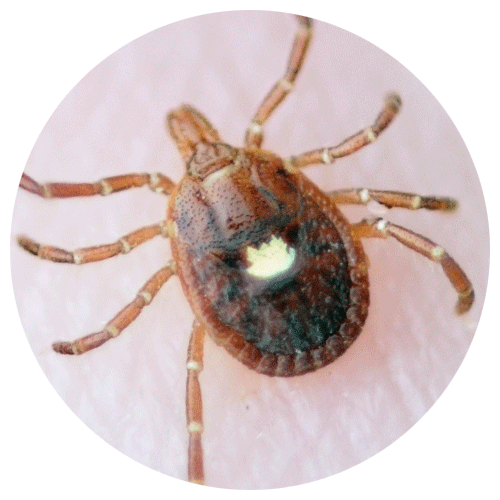
Lone star tick
- It’s not just Texas. This tick can be found in many southern and eastern coastal states.
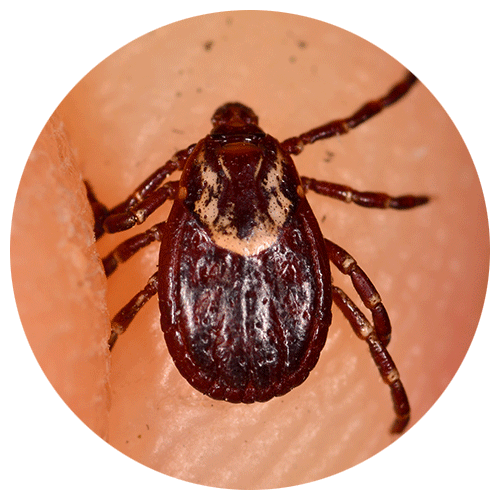
American dog tick or wood tick
- A limited area east of the Rocky Mountains and along the Pacific coast.
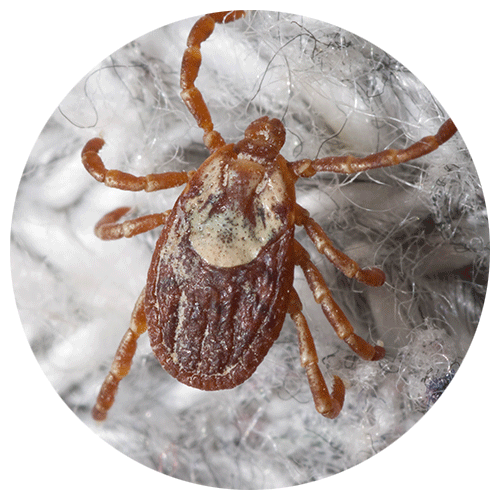
Rakki Yamamoku
- Rocky Mountain states, such as Idaho, Utah, Montana, and Nevada.
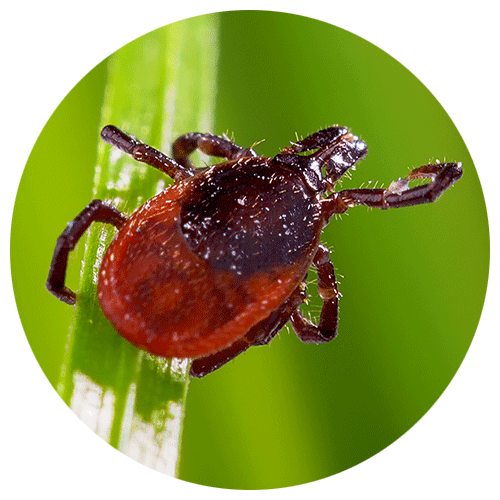
Western black-legged tick
- Northern California is a hotspot for these ticks.
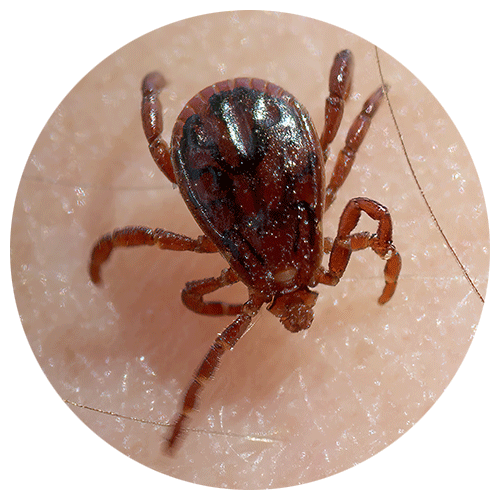
Brown dog tick
- It is found in every state and territory of the United States.
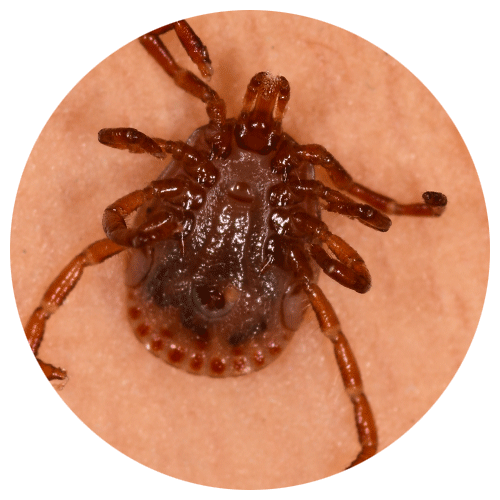
Gulf Coast tick
- Atlantic coast, Gulf of Mexico.
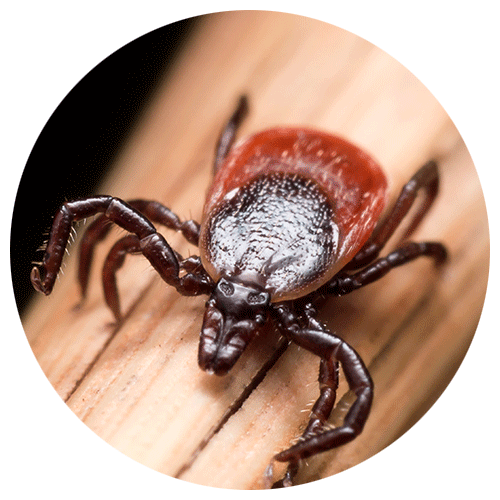
Black-legged tick
- East of the Rocky Mountains, including the Midwest. Whenever the weather is above freezing, these hard-to-kill ticks come alive.
4 phases of the Tick life cycle

Tick life cycle
Stage 1: Eggs
Did you know that adult female ticks can lay between 2,000 and 5,000 eggs at a time? The eggs begin to hatch in about two weeks.
Stage 2: This stage of larvae
can last about a week. During this time, tick larvae can feed on animals or humans before detaching. Once they separate, it takes a week to eight months to move on to the next stage.
Stage 3: 8-legged nymphs At this stage, ticks
bleed. If undetected, ticks can attach and feed on the host for 3 to 11 days. Most people only see ticks after feeding for a few days and filling with blood.
Stage 4: The adult becomes
an adult once the 8-legged nymph sheds its skin again. Adults climb tall grass and plants in search of prey. They sense the area around them with their legs and can jump on unsuspecting pets or people. Adult women can increase their size to 100 times their original weight when feeding. After feeding, she mates with the male tick, lays eggs and begins the tick’s life cycle again.
It takes less time for pets to become infected than you think
Within 10 minutes: An infected tick can infect your pet with Rocky Mountain spotted fever.
36-48 hours: Once an infected tick is attached to your pet for 36-48 hours, it has the potential to spread Lyme disease.
Stop ticks before they stop you
Start with a monthly prevention plan that focuses on cleanliness and hygiene.
